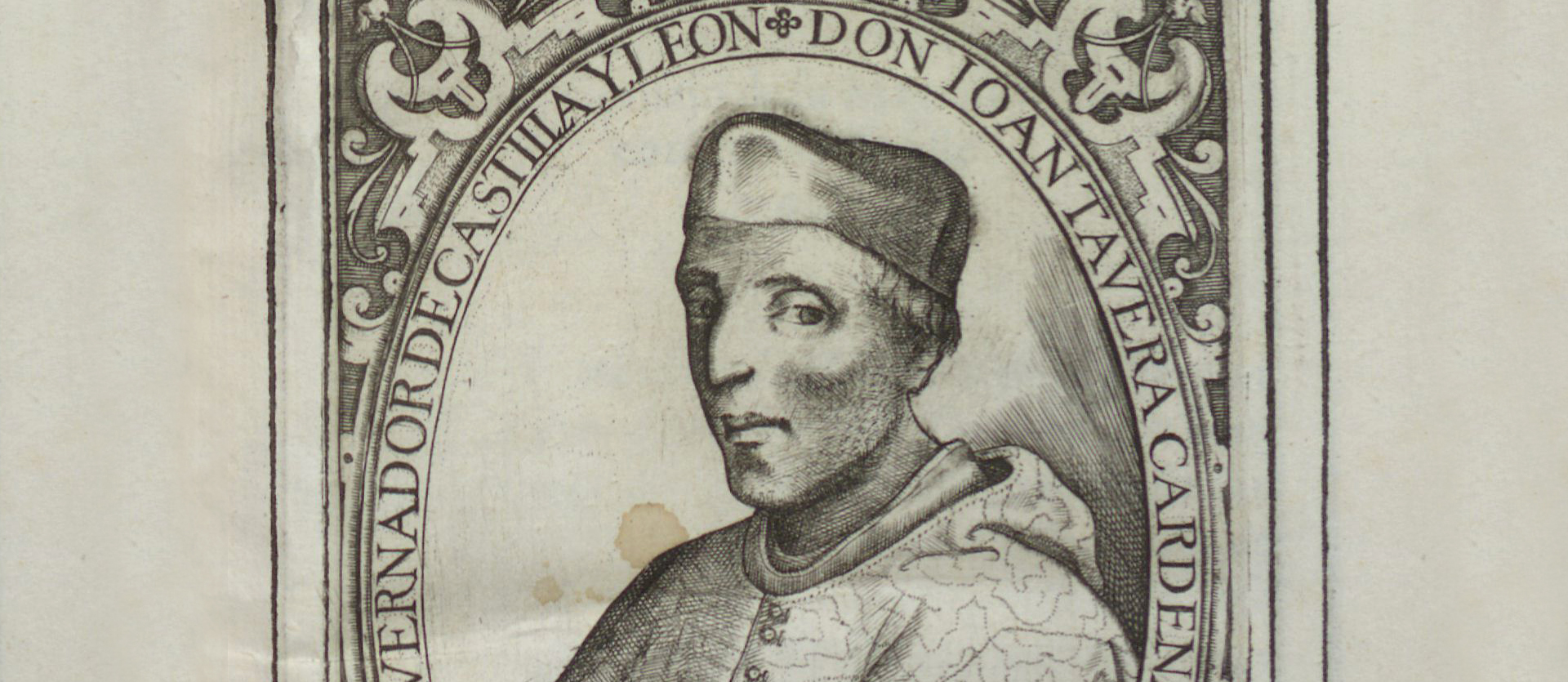
The founder of this Hospital de San Juan Bautista was an Aulic prelate, Cardinal and Archbishop of Toledowho presided over the Council of Castile for fifteen years and became one of the most important principal advisors to Emperor Charles V. According to the historian Antonio Rumeu de Armas ".As a politician, he is, after Cisneros, the most significant figure of the century.".

This Spanish architect, trained in the Plateresque style learnt from his relatives, the Egas family, was the introducer of Renaissance architecture in Toledo. The Master of the Catedral Primada and architect of the Reales Alcázares, his activity, according to Fernando Marías, can be divided into two major periods separated by the beginning of the work on the Hospital Tavera.
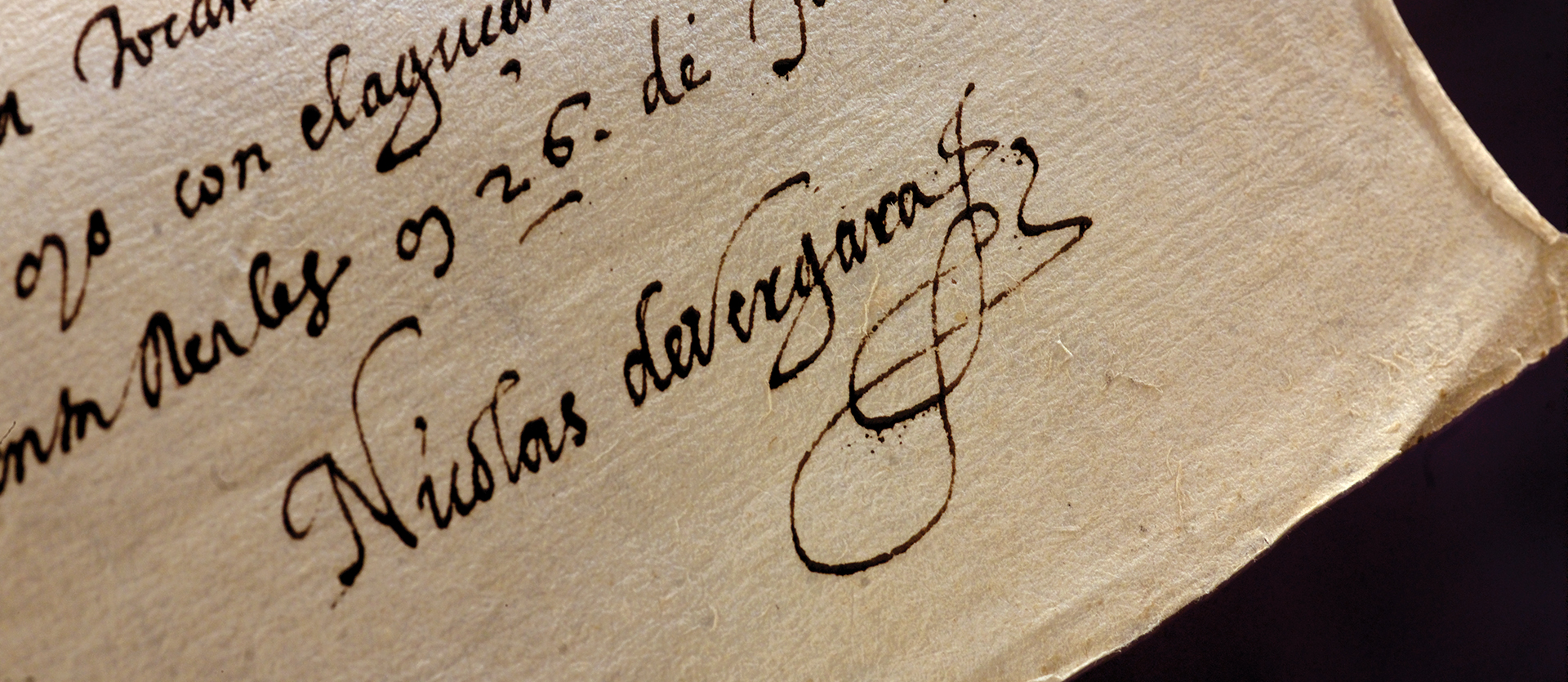
He was an architect and sculptor, as well as a master mason and glazier. In 1575 he replaced Hernán González de Lara in the direction of the work on the second building in the imperial city, the Hospital de San Juan Bautista (Tavera), and also in the main master's office of the cathedral. At the same time he was in the service of Doña Luisa de la Cerda, widow of Ares Pardo, Lord of Malagón, for works on the monasteries under the patronage of this House.
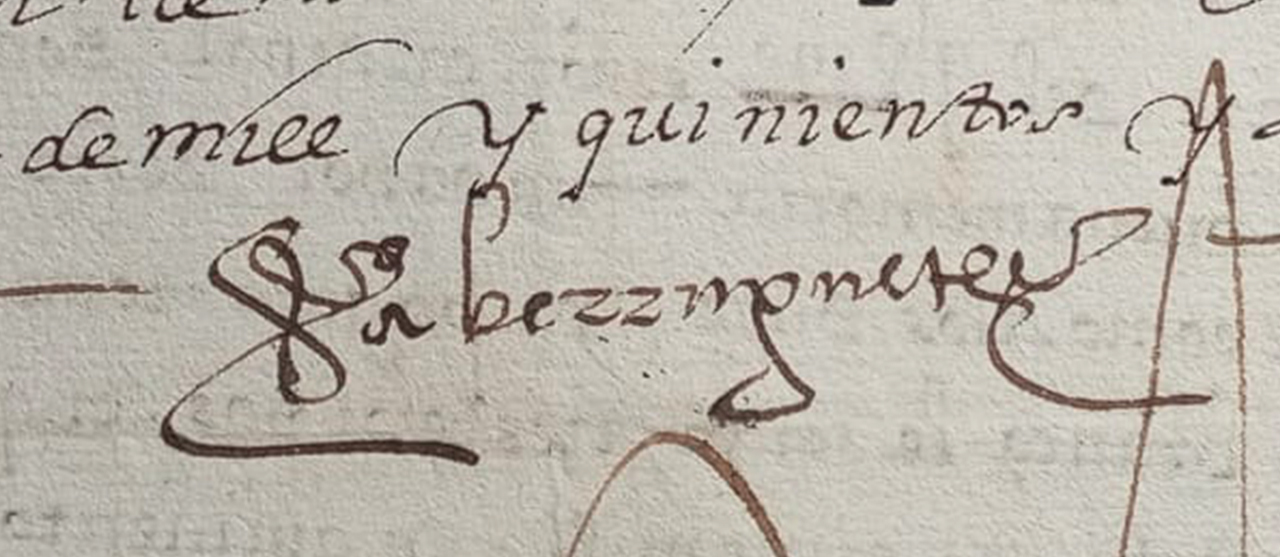
One of the "Spanish Renaissance eagles"The expression used by Francis of Holland to distinguish the four fundamental artists of this period. Trained in ItalyThe new forms assimilated there will contribute to the mannerist renewal He was a leading figure in Spanish sculpture, distinguished by his dramatic expressiveness, Michelangeloesque sensibility and disregard for the conventions of tradition.
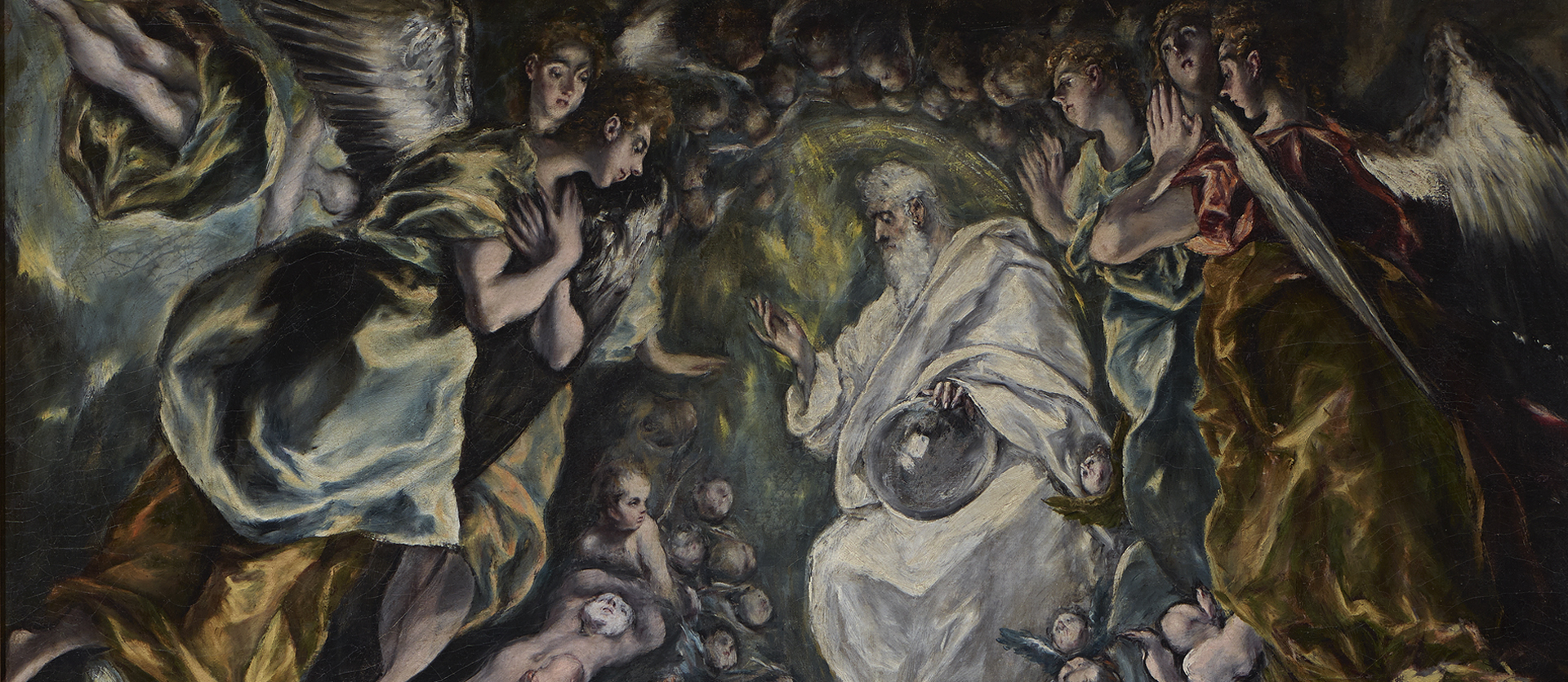
Born in 1541 in Candia (Crete), he is considered to be one of the most important the artist who best developed the mannerist style. Trained as an icon painter within the sphere of influence of Byzantine art, he received from his parents or later acquired a broad humanistic education that made him a cultivated man of great erudition. The last years of his life dedicated them to the iconographic project of the Church of the Hospital Tavera.

He was administrator of the Hospital Tavera in Toledo from 1587 to 1615, a post from which he became a penitentiary canonry of the Cathedral Primada. Insignificant genealogist and hagiographer of the main archbishops of Toledo, among them Cardinal Tavera, was collector of El Greco and a member of his intellectual circle. For the pantheon church, the ornamentation of which was conceived under his administration, he commissioned the Cretan to make the central and side altarpieces and a tabernacle.
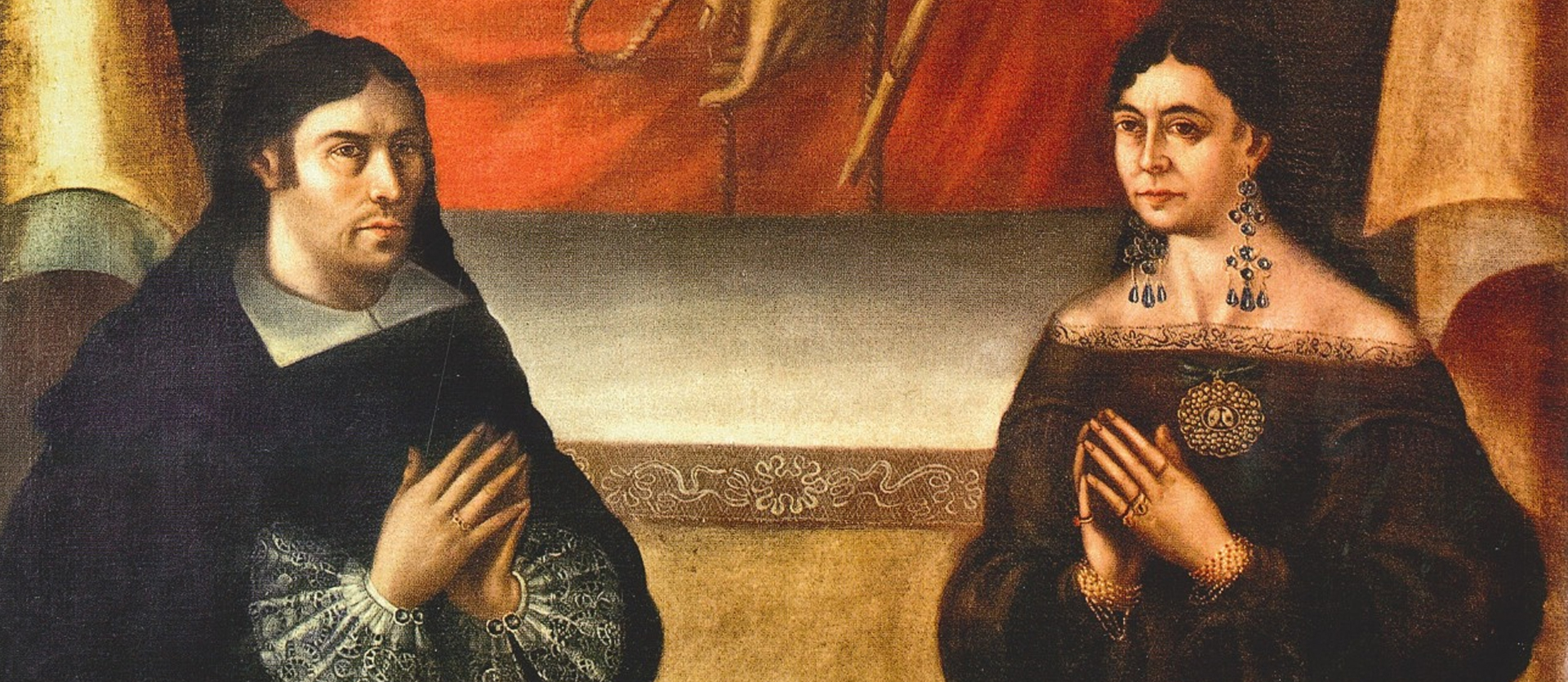
Cardinal Tavera entrusted the board of trustees of his hospital foundation to his nephewArias Pardo de Saavedra, and later to whoever succeeded him in his entailed estate. This marshal of Castile married Luisa de la Cerda, youngest daughter of the II Duke of Medinaceliand are the progenitors of the Marquises of MalagónThis house, together with that of Castellar, was integrated into that of Santisteban, the way in which the Board of Trustees arrivesin the 18th century, a la de Medinaceli.
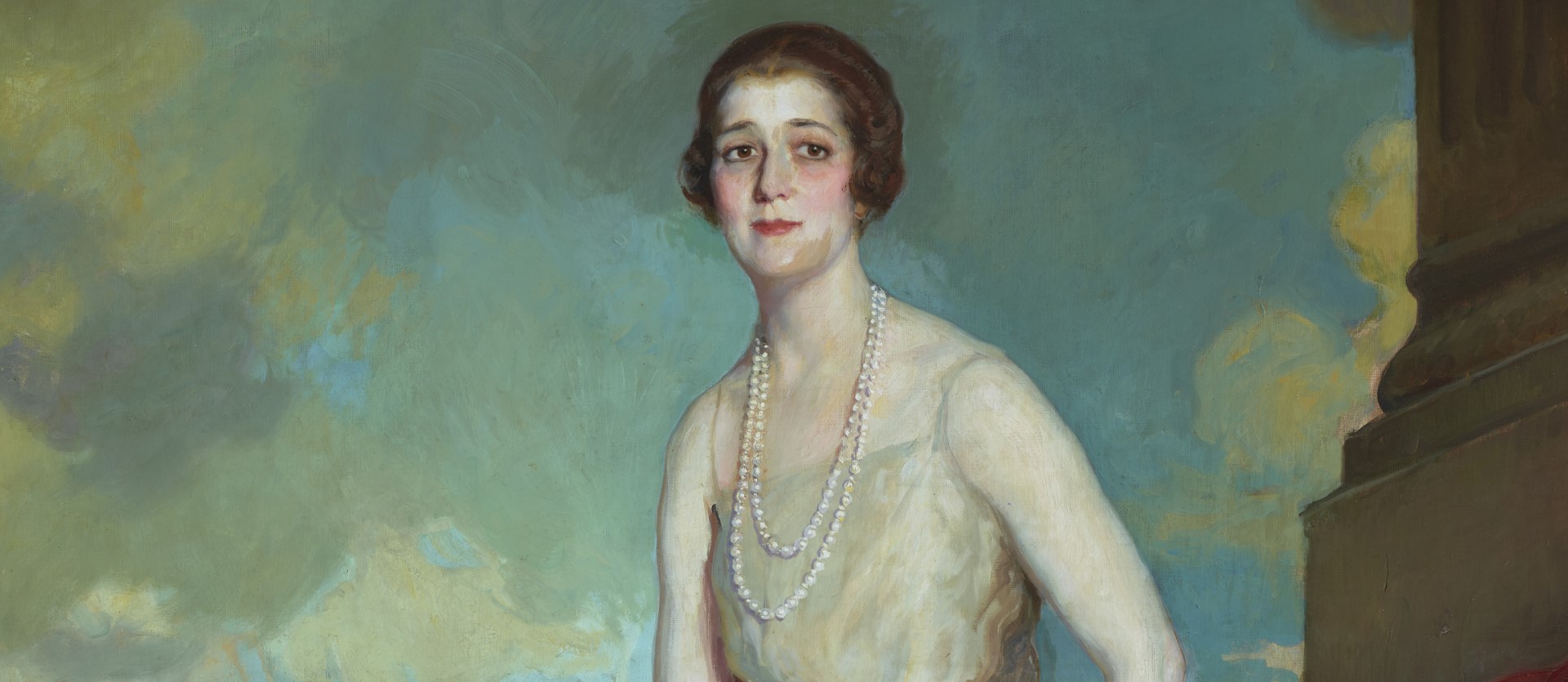
Married since 1918 to the XIV Duke of Lerma, after his assassination in the summer of 1936, she decided to establish a foundation in his memory, the Duque de Lerma Foundation who, with the consent of the patron, her nephew, the 16th Duke of Medinaceli, set up a museum in a wing of the Hospital Tavera with the works of art that her husband had inherited from his parents, the Duke and Duchess of Medinaceli. provided scholarships to numerous orphan girls in the neighbouring school of the Daughters of Charity.